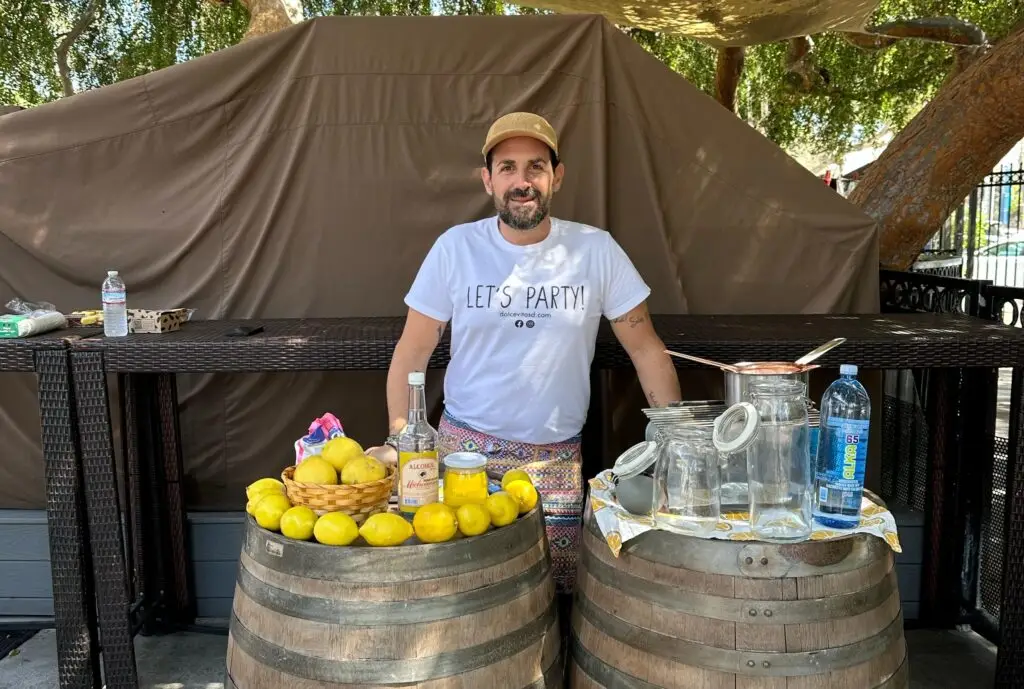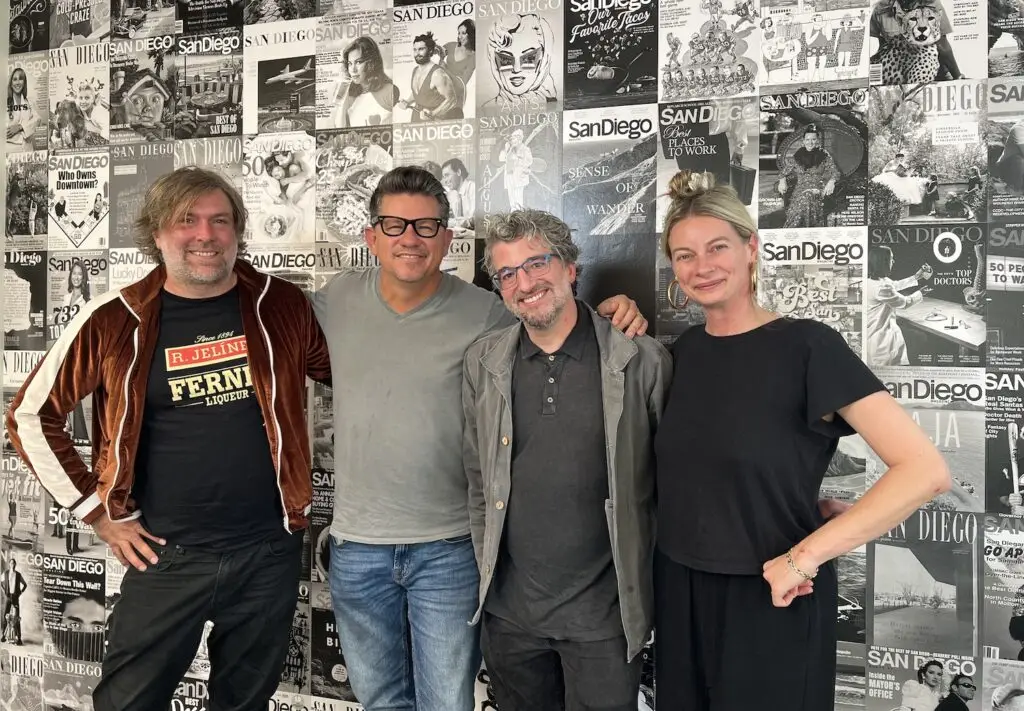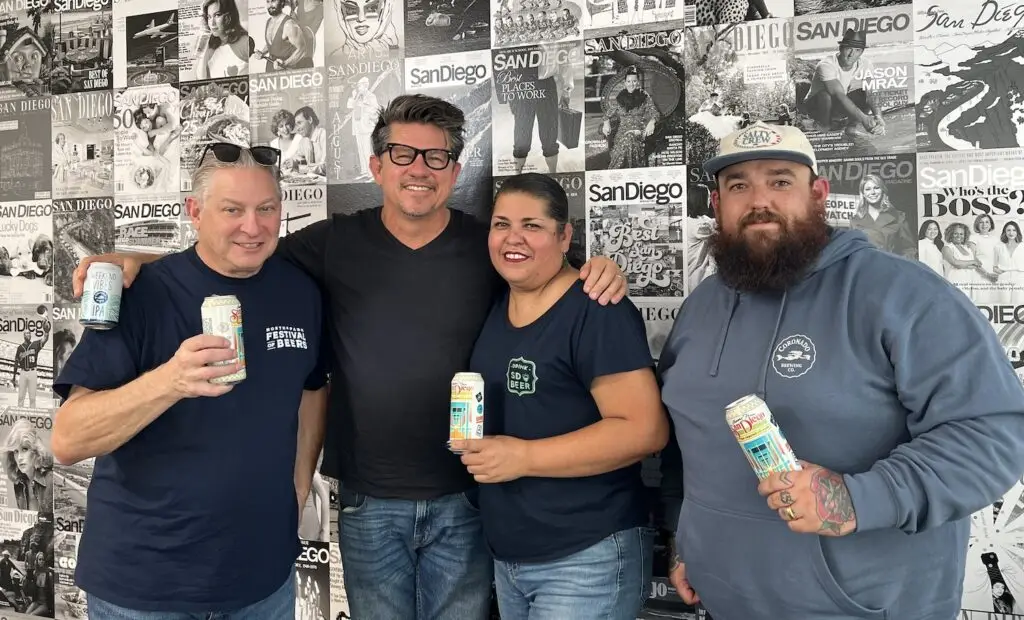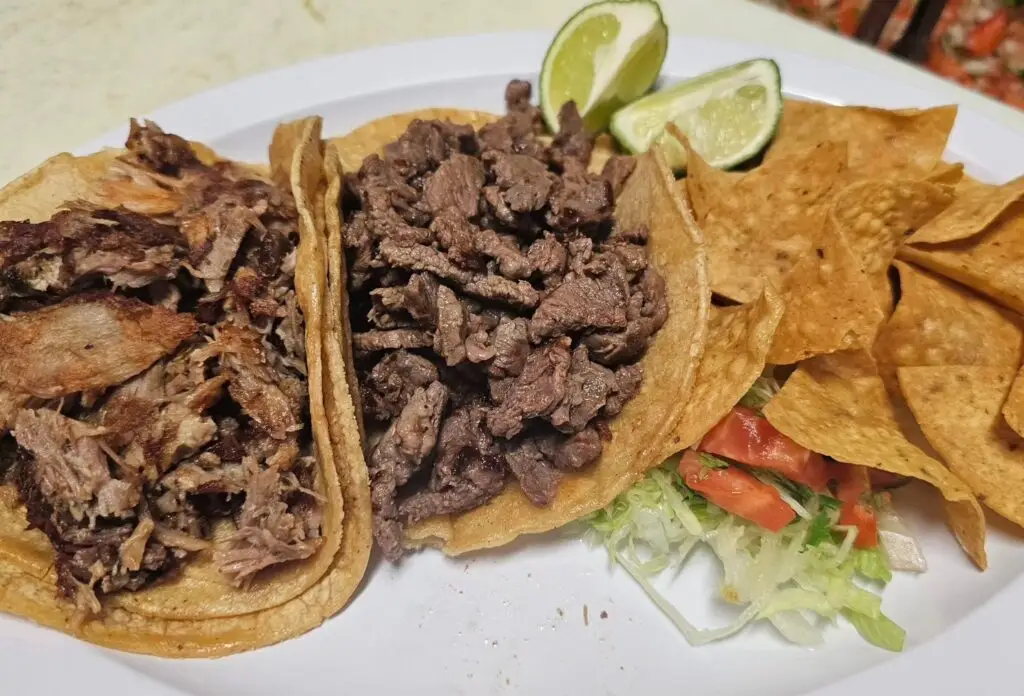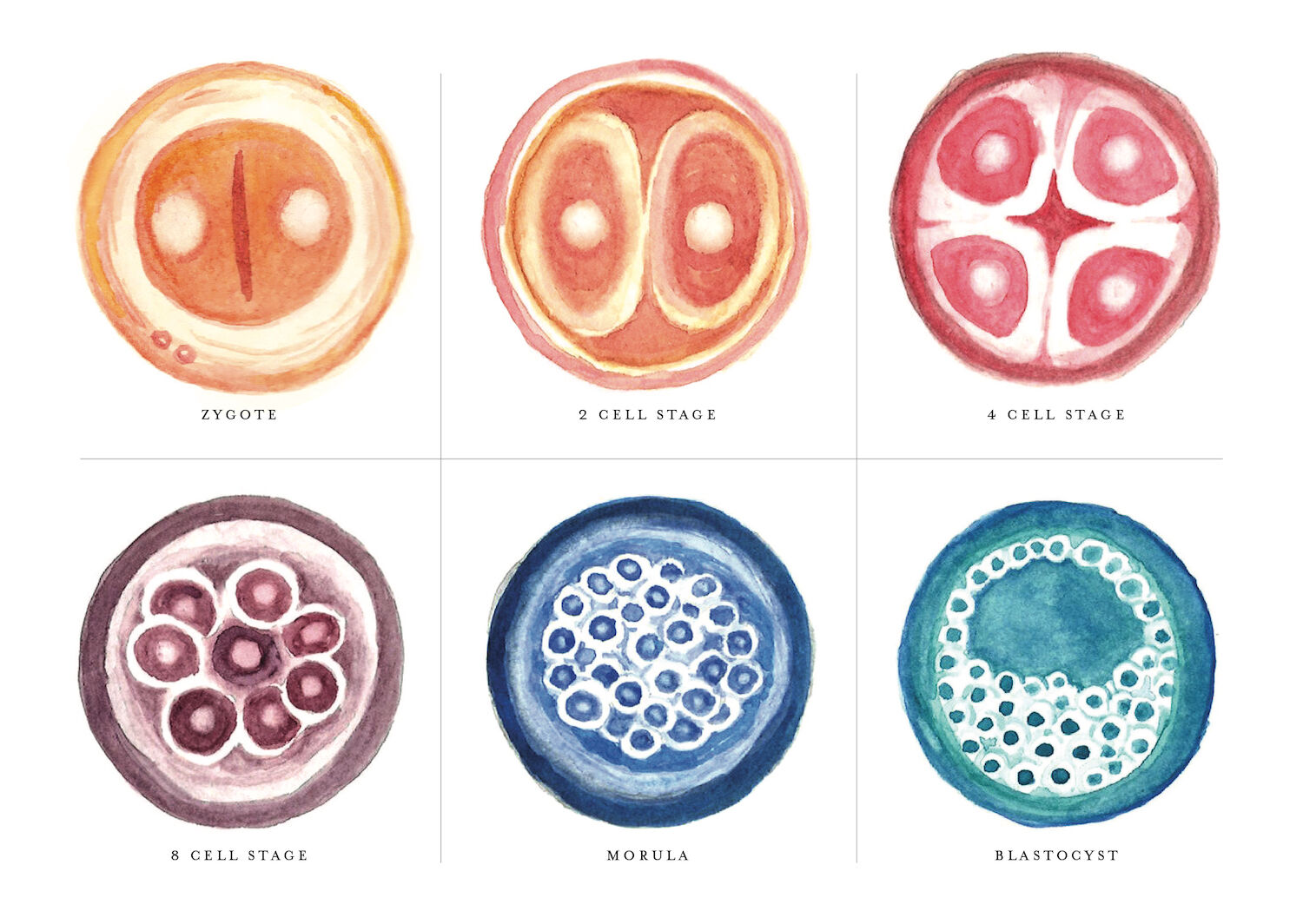
fertilization tourism
Illustration by Samantha Lacy
The world’s first in vitro fertilization (IVF) baby—born in Manchester, England—is 44 years old this year. Her name is Louise Joy Brown.
It wasn’t until three years later, in 1981, that the first IVF child was born in the U.S. and another four years that San Diego saw its first-ever test-tube twins. If you do the math, these babies are currently… elder millennials. The science may feel like it’s been around a long time, but right now is the first period in history to have adult-aged humans who were created by scientific methods.
“From the perspective of cryopreserving eggs, I would say, roughly speaking, it’s probably only been six or so years that it’s been done on a true routine basis,” says Dr. Wendy Shelly, surgical director at Fertility Specialist Medical Group and a Sharp-affiliated reproductive endocrinologist and infertility specialist. “It’s a relatively short time where it’s really been globally available for women to freeze their eggs in an effort to cryopreserve for use in the future.”
This world is still fairly new, but San Diego is already at the forefront.
In the years since Louise, assisted-reproductive technology (ART) services went from having single-digit success rates to being successful in nearly 50 percent of cases (in women under 35 years old). Currently, 1 in 8 couples—or 6.8 million people in the U.S.—struggles with getting pregnant. Now that family-building is getting cozy with medical advancements, California has begun to make a name for itself as one of the world’s top destinations for fertility treatments.
In a published report analyzing data from the Centers for Disease Control (CDC), 10 of the 50 busiest IVF clinics in the nation are in California, and two are here in San Diego.
San Diego’s fertility services got a high-profile endorsement in 2021 when Kourtney Kardashian and now husband Travis Barker made their way to Gen 5 Fertility Center on Carmel Mountain Road to undergo IVF treatments with Dr. Samuel Wood. It was interesting, given that the celebrity couple with god-amounts of money and all the top L.A. fertility clinics at their disposal chose to come to San Diego.
Why? Well, none of the experts would or could posit why San Diego’s fertility services might have a legitimate, fact-based edge. And, really, boosterism isn’t the point. The point is that SoCal, specifically San Diego, is very successful at helping humans make humans. And the nation is currently experiencing a baby boom.
In 2020, the U.S. birth rate fell by 4 percent, according to the CDC, which was the nation’s sharpest decline in 50 years, most likely due to the uncertainty surrounding the pandemic. However, last year, the U.S. began to see those numbers increase by 1 percent and again this year by another 1 percent or 12 births for every 1,000 people. Many experts—and most of the physicians we spoke with—have noticed this trend and are projecting 2022 as a “baby boom year,” both among heterosexual couples and same-sex partners.
“It’s not necessarily the technology that has drawn the [LGBTQ+ community] in, but I think it is the changing of perceptions and the knowledge of what’s available,” shares Dr. Shelly. “Particularly in states like California.”
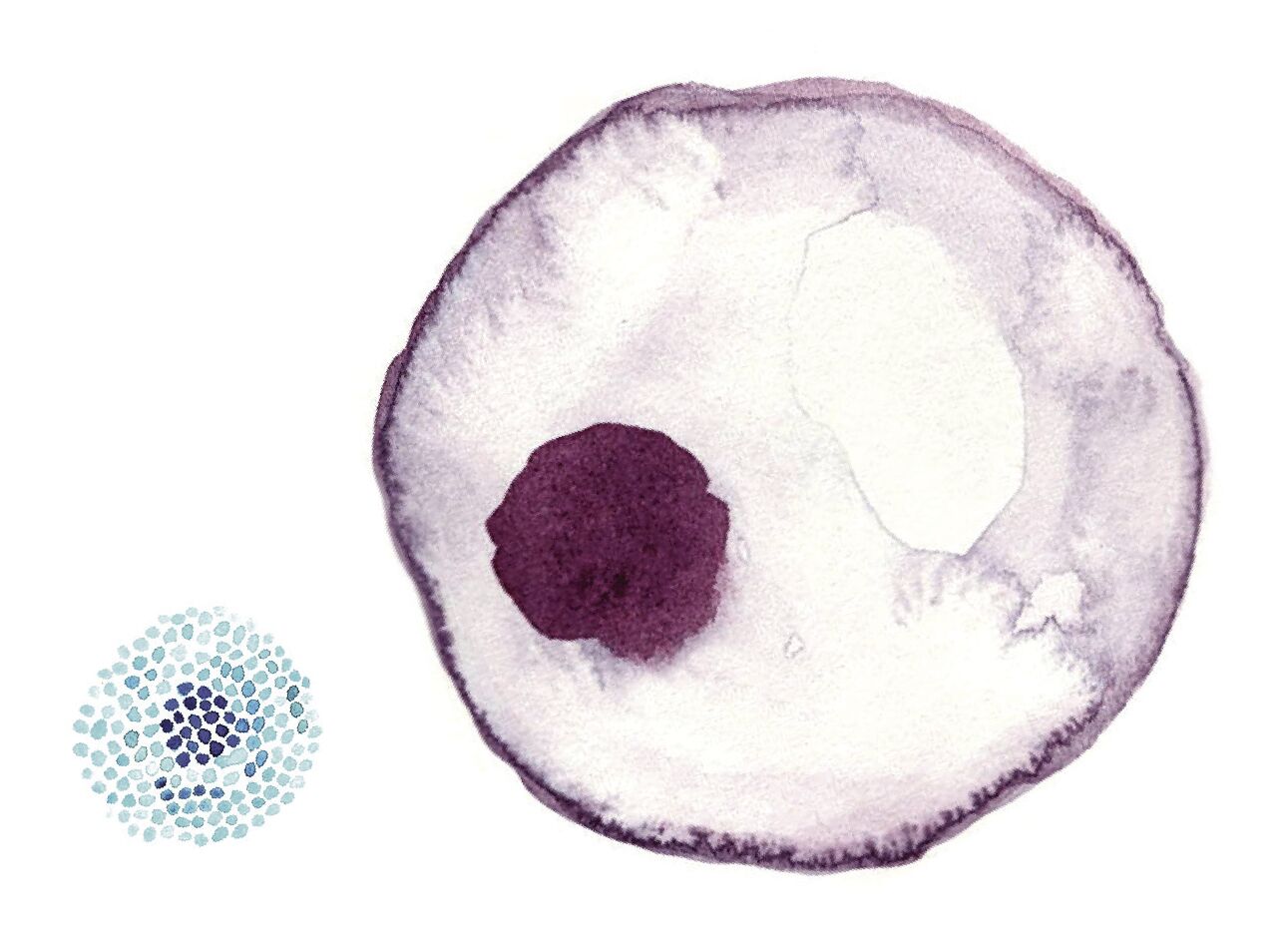
fertility-cells-sdm1022.jpg
Illustration by Samantha Lacy
However, though mindsets may be shifting, same-sex couples still face barriers. Often, they need to show multiple failed attempts at having children before they can qualify under their insurance for coverage. This is, of course, frustrating and problematic—not to mention biologically impossible—but clinics, especially in San Diego, are working to combat this type of hurdle. “Certainly, in spaces such as ours, we’re very welcoming and [happy] to assist them in family building,” says Dr. Shelly.
The business of infertility treatments is expected to increase over the next few years, with the ART sector projected to reach more than $54.7bn in value by 2028. With San Diego already a strong player in the game, we could soon see our city become a world-class destination for fertility treatments due to a very real trend in the industry—fertility tourism.
If you’re going to have to inject yourself with mood-altering hormones for two weeks, you may as well do it while, say, soaking up rays on the beach, enjoying a delicious taco in a city where everything’s about a 15-minute drive away.
Another reason California may be a breeding ground for infertility treatments is due to its regulations on insurance companies. Only 17 states have laws requiring insurers to either cover or offer infertility care—and our state is among the latter, meaning they do require it to be offered (mainly covering hormone medications), but the far pricier treatments (e.g., IVF) don’t need to be fully covered.
The price tag on infertility treatments can cost upwards of $15K per cycle and can even be closer to $40K when all is said and done, since many women undergo more than one before getting pregnant. So, although the state’s regulations may seem insignificant (“offering” doesn’t mean “covering”), when looking at a hospital bill over $10K, any and all assistance helps. This lack of coverage in most states may also be why we’re experiencing a gold rush in the West.
Some clinics in San Diego are trying to combat this obstacle for patients by improving their efficacy (thus reducing the number of costs per treatment). “One of the things that made me want to work here is our embryology lab,” says Dr. Jamie Stanhiser, a reproductive endocrinologist and infertility specialist at Reproductive Partners Fertility Center. “A lot comes down to what I call the ‘magic of the embryology lab.’”
Dr. Stanhiser says the research they do within their lab is meant not only to find the best and most effective ways to increase the chances of women having a successful birth but also to help them overcome cost barriers. “It’s standard in IVF to give patients [hormones] that our brain produces every menstrual cycle,” says Dr. Stanhiser. “And these adjuvant medications are constantly being looked at [in our labs]. These are things additional to those hormones we are trying to perfect and see ‘Are they really helping? Is the cost-benefit there for our patients?’”
Dr. Shelly also emphasizes that at her clinic, they don’t play to the numbers or have a goal of achieving certain stats. Their priorities are focused on each patient’s needs, she says.
Another option to cut costs: Tijuana. Just a short drive from us, the Mexican city has been welcoming locals for years looking to undergo various medical treatments, thanks to its much cheaper price points. There are logistical concerns, of course. Namely, the language barrier.
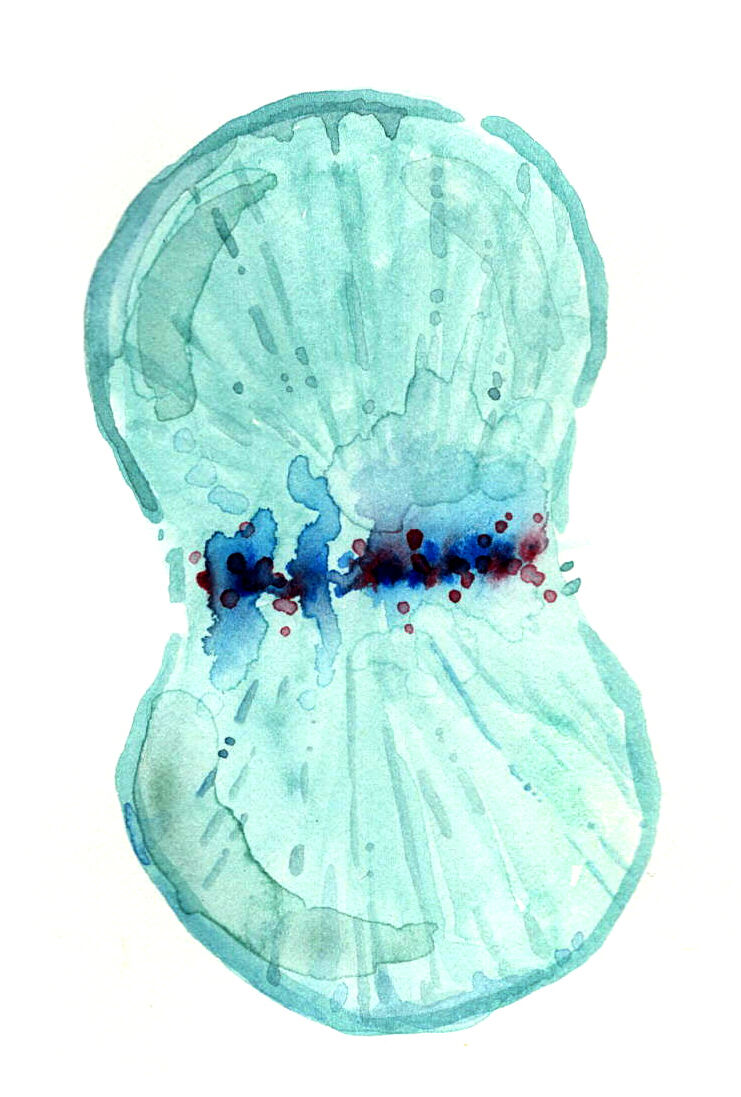
division-sdm1022-fertility.jpg
Illustration by Samantha Lacy
During the two weeks of hormone injections, daily check-ups, and bloodwork, women must follow a strict set of guidelines to increase their pregnancy chances. “You have to be pretty precise,” says Amanda Reynolds, a former patient at San Diego Fertility Center, whose son will be turning two this November following her journey with IVF. “Before you start the injections, you have a whole appointment dedicated to teaching you how to do the injections, how to mix the liquids with the powder, and how to draw it up in the syringe— making sure there are no bubbles. My husband is completely fluent, and his family still lives down there—so [Tijuana] was an option we considered. But I was not comfortable because I’d have to rely on my husband to translate. I don’t speak ‘fertility Spanish.’”
Another factor that may be bringing individuals to our clinics is that our doctors are just that good. They’ve built a name for themselves in their field, and these days, word travels fast.
“I think we have a reputation for providing patient-focused, patient-centered care—but who doesn’t, right?” says Dr. Sanjay Agarwal, a reproductive endocrinology and infertility specialist at UCSD. “I think I’ve been here so long that one develops a reputation. At this point, that’s probably helping me because people know me from word-of-mouth, people that I’ve succeeded with.”
Maybe it’s as simple as that. San Diego’s doctors are good, research is patient-centered, and services inclusive. It doesn’t hurt that the city’s eternal 73-and-sunny beach environment is a fairly attractive place to make babies.

